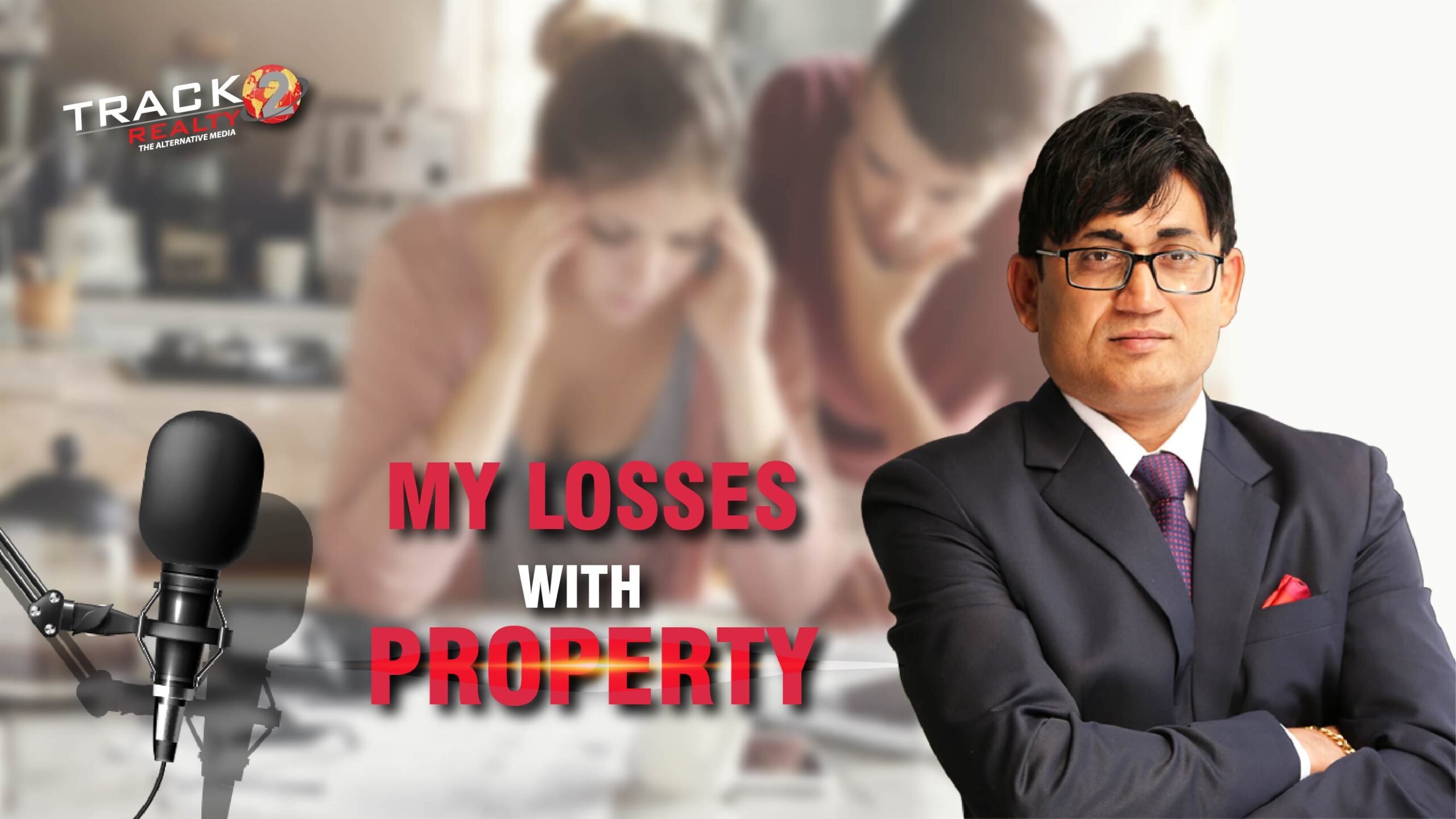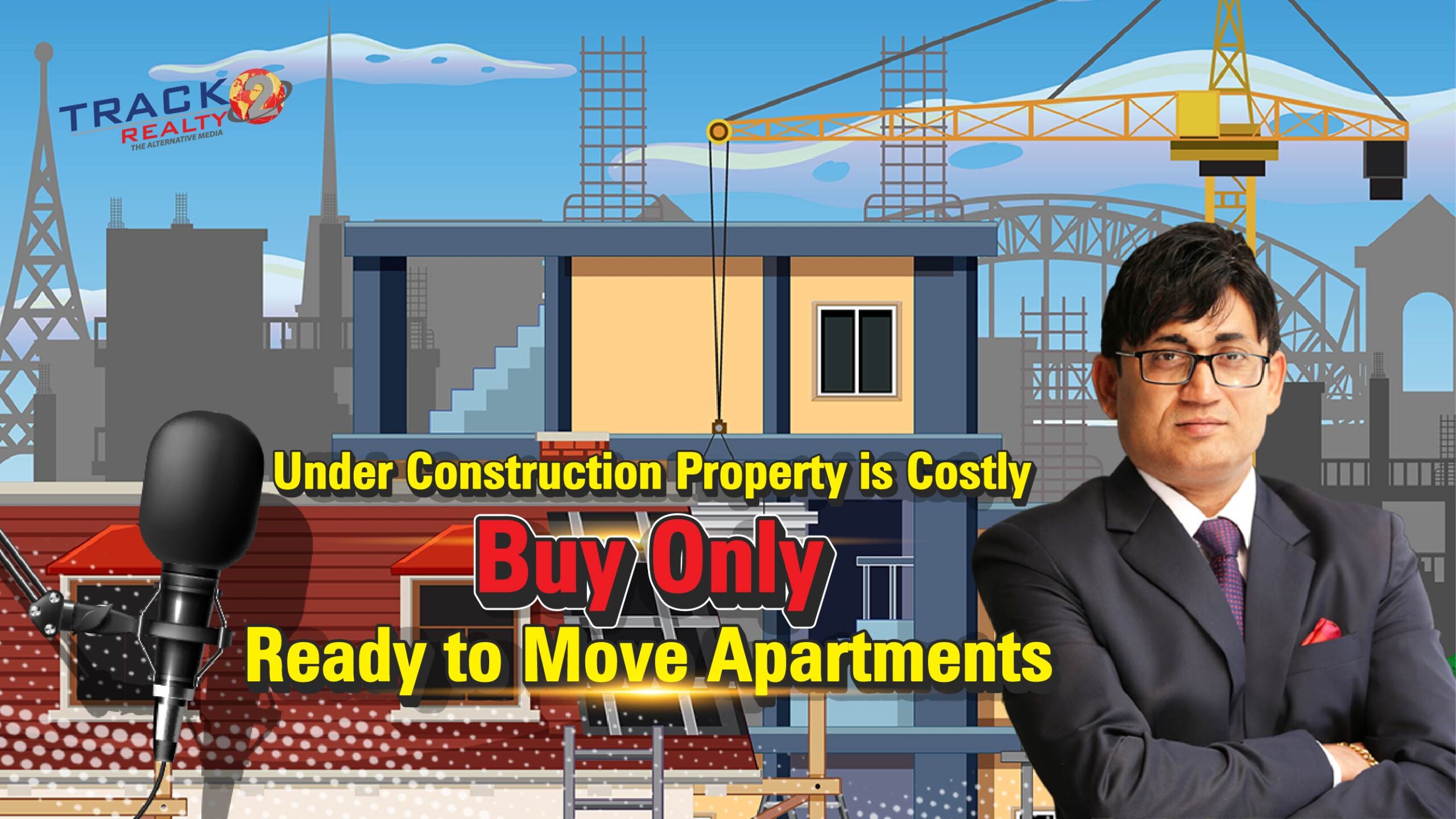Just when the real estate industry bodies had firmed up their public posturing to halt construction with allegation of cartelisation by the cement & steel producers, there was uneasiness at the developers’ end. Many of them had their back of the envelope calculation as to whether the construction strike would actually help or hurt the business. Track2Realty tries to get into the depth of the issue.
A candid Noida-based developer agrees that he is not in a position to share the camaraderie with the peer group to halt the construction. For him the choice is to bear the additional pressure of INR 2 crore with costly raw materials or cough up INR 4 crore with his operating expenses and interest cost.
The complex nature of the business that real estate is, every stakeholder has his own set of calculations when it comes to take the price hike protest beyond public posturing. It also depends upon the stage of construction.
For a new launched project, the price hike & cartelisation is killing since the maximum steel and cement is consumed in raising up the RCC frame structure. At the finishing stage, the hiked price of raw materials like electrical materials, plumbing and CP fittings yet again hurts, but not to the extent that the cement and steel prices.
The scale of operations and financial bandwidth also defines it for a builder whether one can afford to halt the operations. Larger projects and/or developers sitting over high debt find it unsustainable to halt the construction.
Before understanding the public posturing of the developers and its likely impact on the housing market and home buyers, let’s look at the multiple issues that has led to this impasse.
Is it cartelisation?
Prima facie it seems there is a cartelisation. But this cartelisation is not new and every now and then there are complaints against the steel and cement lobby in particular. In 2019, Competition Commission of India (CCI) had examined complaints of cartelization in the cement industry. In December 2020, CCI raided some of the largest cement makers in the country.
Last year, the Union Road Transport and Highways Minister Nitin Gadkari had accused the steel and cement makers of cartelisation. He had also threatened to look for alternatives to replace steel and cement amid a steep rise in prices of the commodities.
There is no apparent economic rationale for the steep rise in raw materials. And hence, the allegation of cartelisation gains ground.
How is cartelisation possible?
In a free market economy, the businesses are all about demand and supply. Now that the demand is high, and Russia-Ukraine war has given fresh impetus to the manufacturers to export at the higher prices, they are making the most of it. Most of the steel and cement producers among others are hiking the prices in tandem and there is a covert understanding among the competitors. Worst even, some of the raw material producers are cancelling the existing contracts with the developers by invoking clause of Force Majeure.
How much have prices increased?
Developers allege that steel prices have gone up by 121 per cent and cement by nearly 38 per cent in the last two years and that cost of construction has increased by at least INR 500 per sq. ft. making projects unviable. Similarly the cost of electric wires have gone up 150 per cent; plumbing material and CP fitting material up by 50 per cent; aluminium up by 64 per cent; fire fighting is 71 per cent higher; internal painting is higher by 50 per cent; aluminium window up by 56 per cent; and stone is up by 66 per cent.
Are they over capacity utilisation in production?
As per industry estimates, the cement and steel manufacturers have not peaked capacity utilisation. With around 60 per cent of production, there is a room for more production than jack up the prices. And hence, there are allegations of cartelisation. Of course, the supply chain of production is a challenge for the raw material producers as well.
Construction halt threats real?
The real estate stakeholders don’t really intend to halt construction for long and it is only public posturing. The business cycle does not seem to suggest the large universe of the developers can afford to go for a construction strike. Of course, many of them privately admit it too. But the pressure groups within the business are trying hard to impress upon the policy makers now.
Impact of cartelisation
The impact of price hike and alleged cartelisation is the rise of construction cost. New launches would suffer and the market is not ripe for the developers to pass on the increased construction cost to the buyers. The under-construction projects have a real catch 22 situation. The developers, at least the reputed brands, cannot suddenly invoke the “Escalation Clause” in their agreement with the buyers and face backlash.
Affordable housing would be the worst to suffer where the pressure on margins is already making several projects unviable. There could be many more defaults on part of the developers to deliver projects, since business with low margins could become unviable. The housing market that had revived a bit post Covid is again looking clueless as to how to deal with this imbroglio.
Should government intervene?
It’s a free market economy but since even the government infrastructure projects are also set to suffer due to alleged cartelisation the government must intervene. The options could be one of the suggested solutions or a combination of these:
Comprehensive policy on supply chain
Fixing the prices of raw materials
Discourage exports of raw materials
Crackdown on cartelisation
It is to be seen how the government handles the issue and how the real estate stakeholders absorb the pressure. But what could definitely be vouchsafed is the fact that passing on the raw material cost escalation to the home buyers would be a self goal for the business. Similarly, in a housing market crying for quality, further compromise with the quality would be equally counter productive.
Ravi Sinha
#RaviTrack2Media
Track2Realty is an independent media group managed by a consortium of journalists. Starting as the first e-newspaper in the Indian real estate sector in 2011, the group has today evolved as a think-tank on the sector with specialized research reports and rating & ranking. We are editorially independent and free from commercial bias and/or influenced by investors or shareholders. Our editorial team has no clash of interest in practicing high quality journalism that is free, frank & fearless.
Subscribe our YouTube Channel @ https://bit.ly/2tDugGl





